Classic D-Rig bottom bait rigs have been around a LONG time – for the simple reason that they work! It’s a presentation that offers amazing consistency in the way that the rig lays out after the lead and reached the lake bed – and then settles down nicely.
It’s a fantastic alternative to hinged stiff, chods and other pop up presentations when you want the hookbait tight to the lake bed, making it less inconspicuous, and making sure the hook bait is at the optimal level when fish are browsing with their lips barely lifting from the lake bed typically when the fish are feeding over particle, chops or concentrated beds of bait rather than a scattering of boilies.
If you think about the way they feed in this scenario, using the extendable top lip to carefully manipulate the bait under their over slung mouth where they carefully suck up the freebies, sifting out bottom debris and anything that feels unnatural, it’s not hard to work out why this rig functions so effectively – especially with a balanced hookbait so its sits directly over the top of the hook.
The hook and hookbait are close to one another and as the fish inhales the rig they invariably go in with the hook and hook point are in prime position and the perfect orientation to drop round and take hold thanks to the semi stiff mono/Fluorocarbon hooklinks used and gravity!
It’s a rig that has long been used by some choice big fish anglers targeting really pressured big fish; in fact most of the time when fish are deemed to be tricky, it is because they are feeding tight to the lake bed in one way or another.
The added buoyancy added to the balanced hookbait to make it ‘waft’ can be achieved in a number of ways; from making your own with small cork balls, drilling and plugging bait with Zig foam or cork sticks, to using a snowman setup that incorporating either a small pop up a grain of plastic Enterprise sweetcorn.
D-rigs can be tied with either Fluorocarbon or co-polymer monofilaments, using a straight pointed hook – preferably a pattern with a straight or slightly out turned eye so that the hook sits at an aggressive angle (without closing down the gape). This means that either Covert Dark Incizors and Chod hooks, or the new Rigga BCR are absolutely perfect for this application. If you think of emulating the way you set up a Hinged stiff/Chod rig end section your basically creating a similar mechanism – so you can be certain that the rig mechanics and hook holds will be cock on…
Using these materials ensures that the finished rig ends up very subtle looking; and this subtlety is enhanced by using a slow sinking hookbait – as it tends to settle over the hook – and what better camouflage can there be than that!
It’s best to incorporate a loop or use a Covert Flexi Ring Swivel in conjunction with short Clone rigs, as this allows free movement, better settlement and faster reaction of the rig – but if you’re fishing it on a lead clip with a rig sleeve you can go a little longer, confident that the rig will remain untangled and present effectively even at maximum range.




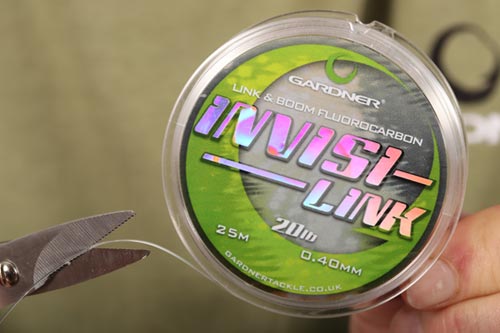
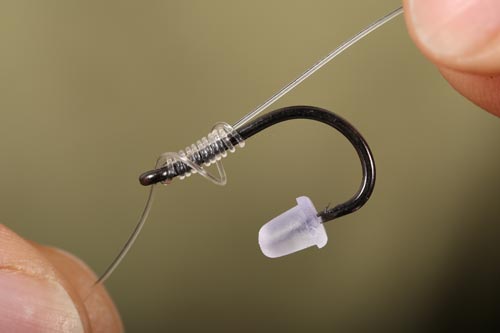

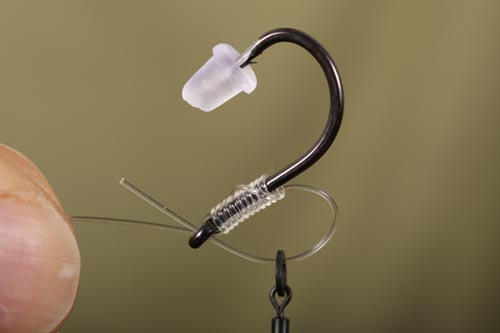

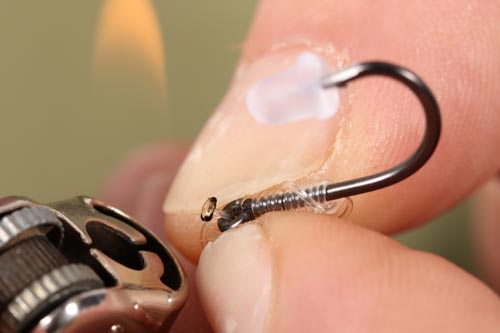
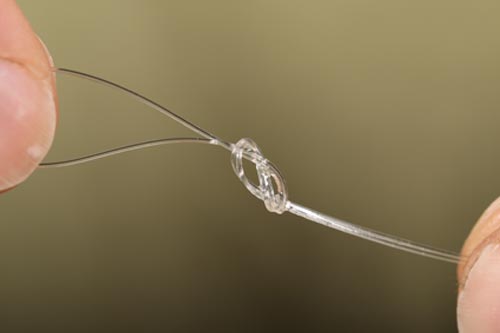
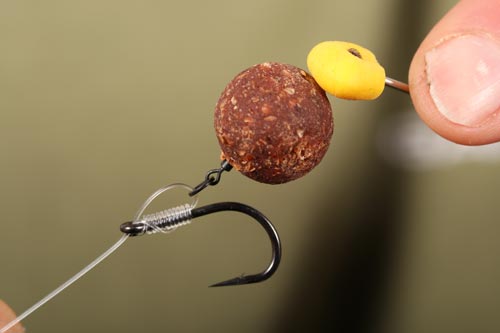
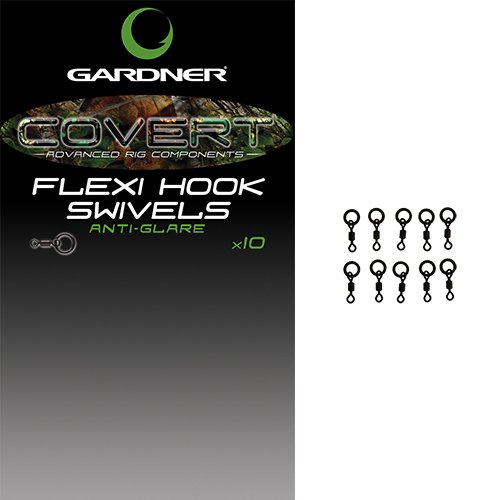
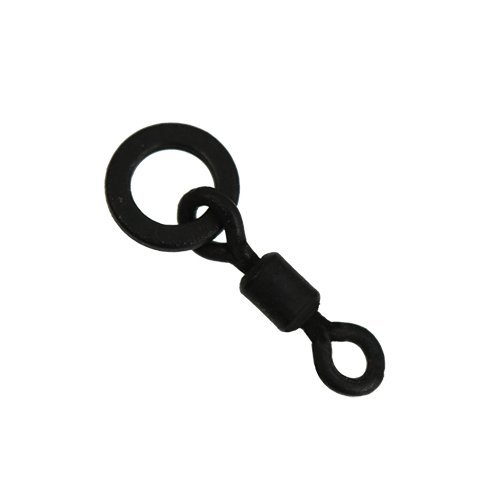
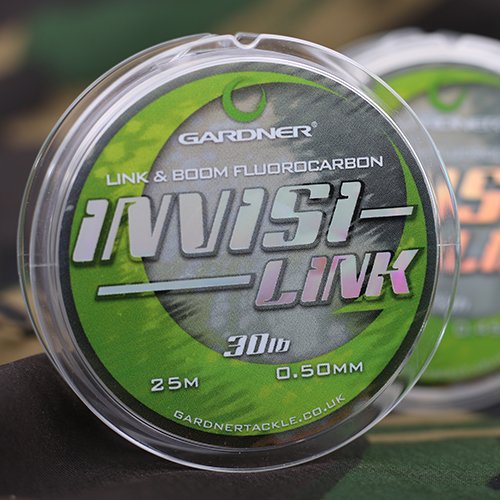

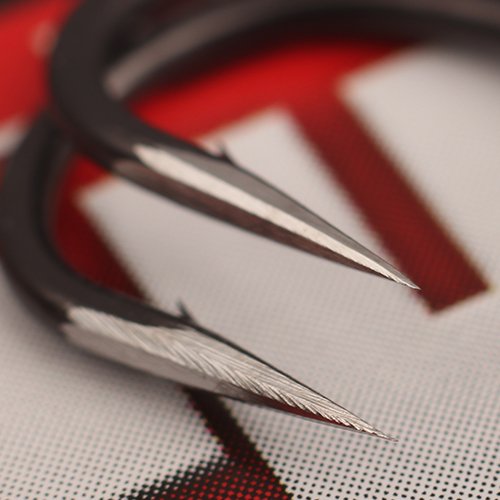

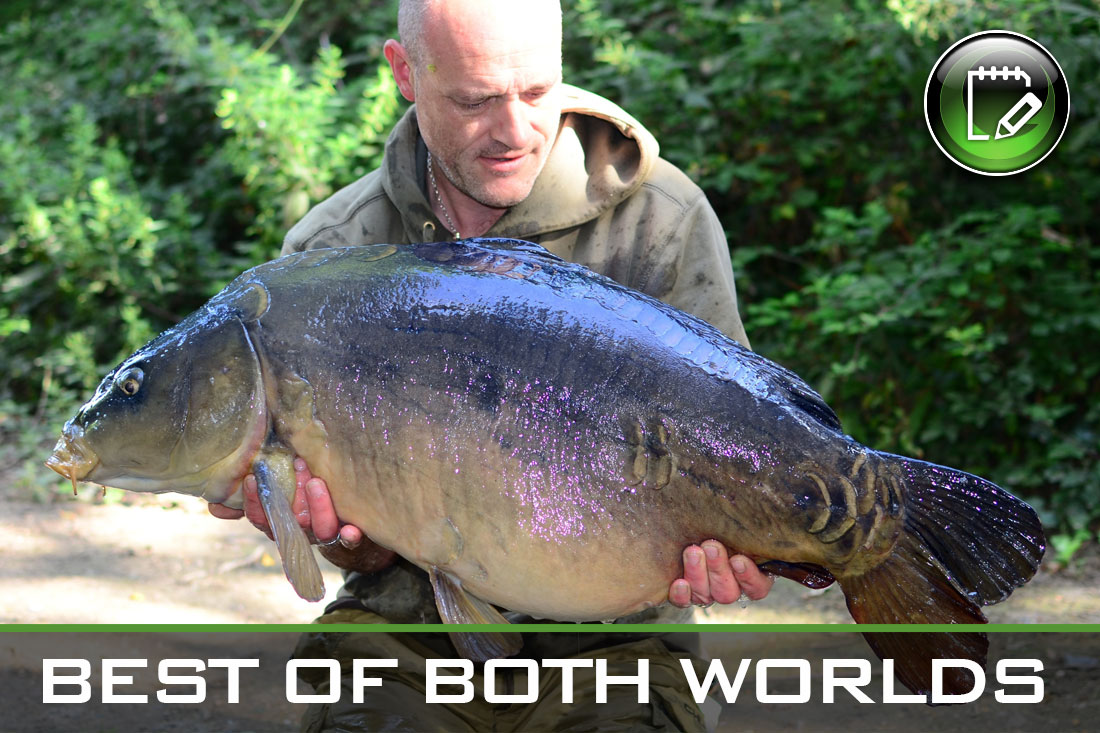
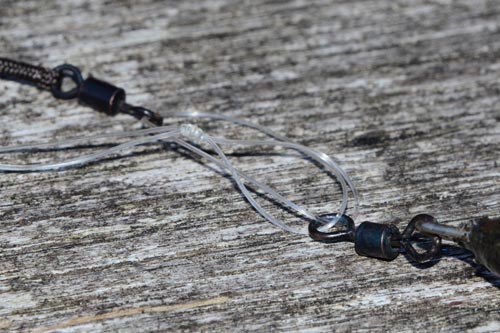
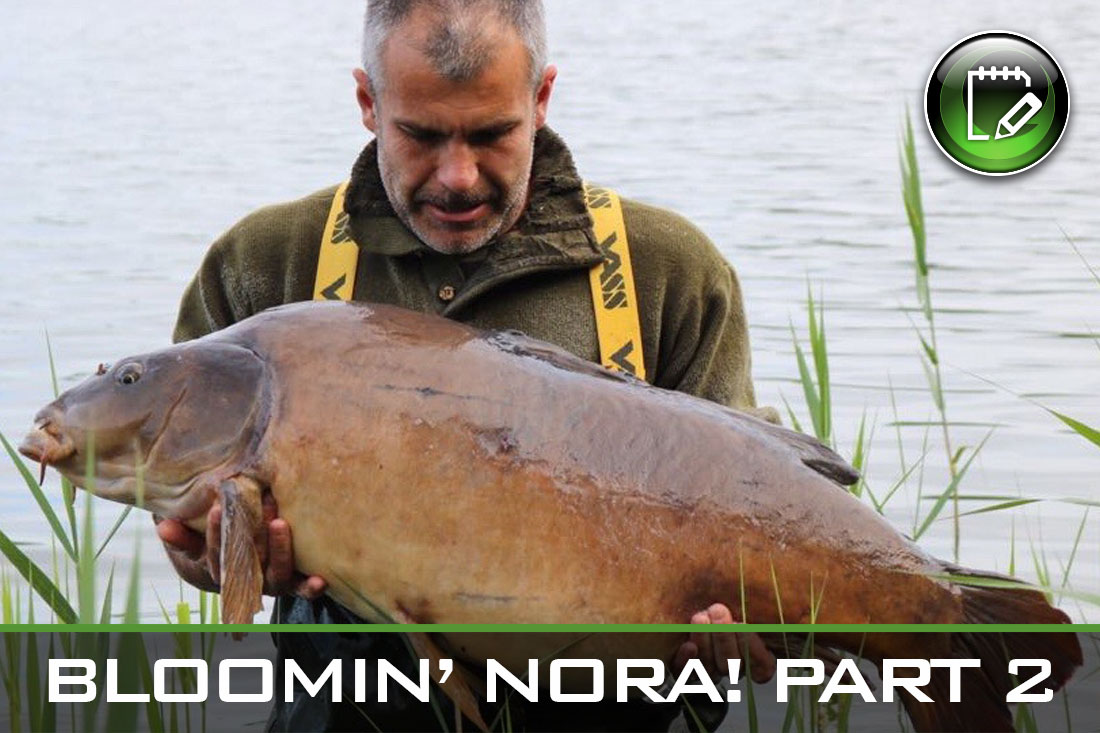

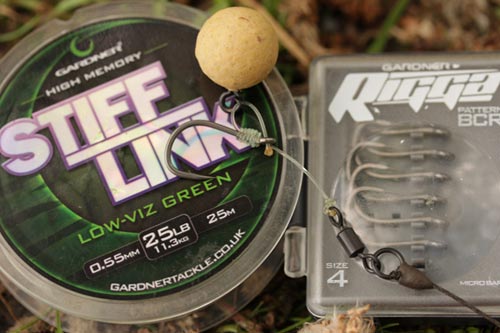
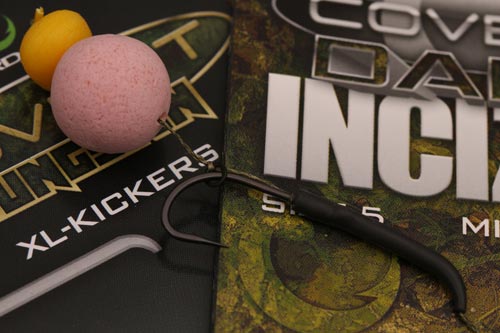
Leave A Comment